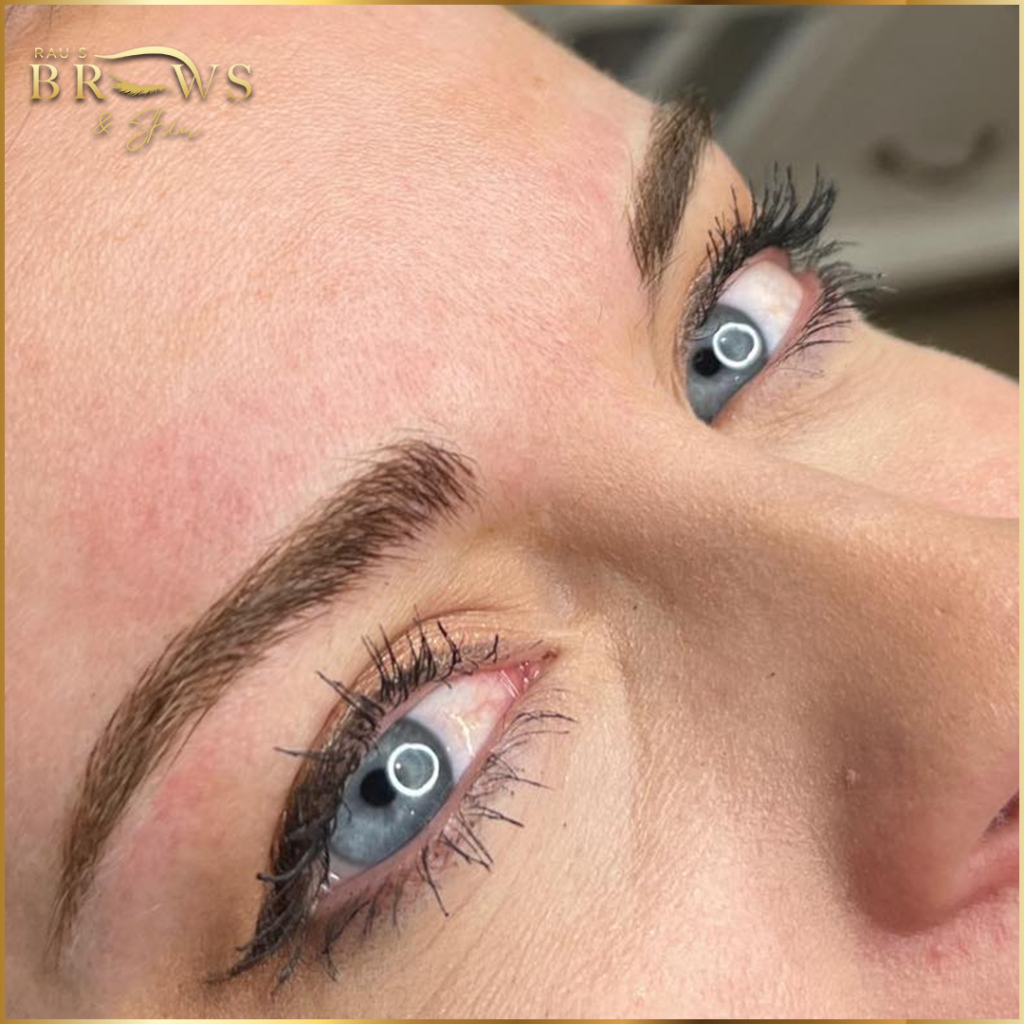
What is Microblading
What is Microblading

Microblading Benefits

Boosted Confidence: Well-groomed eyebrows can significantly boost your self-esteem and confidence. Microblading provides a solution for individuals with hair loss conditions or those seeking to improve their brow appearance.

Enhanced Appearance: Microblading can transform thin, sparse, or uneven eyebrows into perfectly shaped and well-defined brows. It enhances your facial features, providing a more balanced and attractive look.

Customizable: Microblading is a highly customizable procedure. Your technician can work with you to create brows that match your unique facial features and personal style, ensuring a tailored look.


Time-Saving: With Microblading, you can say goodbye to daily eyebrow makeup routines. You wake up with beautiful brows, saving you precious time in your daily beauty regimen.

Semi-Permanent and Adjustable: Unlike permanent makeup, Microblading is semi-permanent. This means you have the flexibility to adjust your brow shape and color as your style preferences change over time.

Long-Lasting Results: Microblading results typically last 1-3 years, reducing the need for frequent touch-ups. This longevity ensures you enjoy consistent, natural-looking brows for an extended period.
- Consultation:
- The process typically begins with a consultation between the client and the microblading technician. During this consultation, the client discusses their eyebrow goals, concerns, and preferences.
- The technician assesses the client’s natural eyebrows, including their shape, color, and symmetry.
- Together, they determine the desired eyebrow shape, thickness, and style, taking into consideration the client’s facial features and skin tone.
- Numbing:
- Before the microblading procedure begins, a topical numbing cream is applied to the eyebrow area to minimize discomfort.
- The numbing cream needs some time to take effect, usually around 20-30 minutes.
- Mapping and Design:
- Using various measuring techniques and tools, the technician maps out the desired eyebrow shape, ensuring symmetry and alignment with the client’s facial features.
- This step is crucial for achieving a balanced and natural appearance.
- Microblading Procedure:
- The technician uses a handheld tool called a microblade, which consists of a row of tiny, fine needles.
- A specialized pigment is deposited into the superficial layers of the skin using the microblade. The technician creates individual hair-like strokes in the mapped-out areas to mimic the appearance of real eyebrows.
- The technician continually checks with the client during the procedure to ensure the shape and density align with their preferences.
- Pigment Selection:
- The choice of pigment color is essential. Technicians carefully select a pigment that matches the client’s natural eyebrow color or complements their desired look.
- It’s common to use multiple pigment shades to create a gradient effect for a more natural appearance.
- Healing and Aftercare:
- After the microblading procedure, the client is provided with aftercare instructions, including how to clean and moisturize the treated area.
- It’s essential to avoid excessive sweating, sun exposure, and certain skincare products during the initial healing period, which typically lasts a few weeks.
- The treated area may appear darker immediately after the procedure but will gradually fade to a more natural shade during the healing process.
- Touch-Up Appointment:
- A follow-up touch-up appointment is usually scheduled 4-6 weeks after the initial procedure. During this session, the technician can make any necessary adjustments, refine the color, and ensure that the final results meet the client’s expectations.
- Microblading is considered a two-step process because the initial application often requires a touch-up to achieve the desired longevity and color retention.
- Long-Term Maintenance:
- Microblading is semi-permanent, meaning it doesn’t last forever. The results typically last between 1-2 years, but this can vary depending on individual factors and lifestyle.
- Clients may choose to schedule periodic touch-up appointments to maintain the shape and color of their eyebrows.
What Are Microblading After Care?
Microblading aftercare is crucial to ensure the best results and longevity of your newly microbladed eyebrows. Proper care during the healing process helps prevent infection, fading, and ensures that your brows heal beautifully. Here are essential microblading aftercare steps and tips:
1. Keep the Area Clean:
Gently clean the microbladed area with a mild, unscented, and alcohol-free cleanser or saline solution. Use a cotton pad or swab to dab the area, avoiding rubbing or excessive pressure. Do this morning and night during the initial healing period, typically within the first 7-14 days.
2. Avoid Moisture and Water Exposure:
Keep the microbladed area dry and avoid water contact for at least a week after the procedure. This includes avoiding swimming, hot tubs, saunas, and excessive sweating. When showering, take care not to let water directly hit your brows, and keep your face away from the showerhead.
3. Be Cautious with Skincare Products:
Avoid applying skincare products, makeup, or sunscreen directly on the treated area during the initial healing period. These products can interfere with the healing process and cause pigmentation loss. Be gentle when washing your face, and avoid getting soap or cleanser on your brows.
4. No Touching or Picking:
Refrain from touching, picking, or scratching the microbladed area, as this can introduce bacteria and disrupt the healing process.
Let any scabbing or flaking occur naturally.
5. Avoid Sun Exposure:
Protect your newly microbladed brows from direct sunlight and tanning beds during the healing phase. UV rays can cause the pigment to fade and may lead to uneven color. Use a wide-brimmed hat or sunglasses to shield your eyebrows when outdoors.
6. Be Mindful of Activities:
Avoid strenuous activities, workouts, and excessive sweating during the initial healing period to prevent sweat from affecting the treated area.
Do not engage in activities that may expose your brows to dirt, debris, or possible infection.
7. Use the Provided Aftercare Products:
Your microblading technician may provide you with a specialized aftercare ointment or cream. Follow their instructions on how and when to apply it.
These products can help soothe the area and support proper healing.
8. Attend Your Follow-Up Appointment:
A touch-up appointment is typically scheduled 4-6 weeks after the initial procedure. Attend this appointment as it allows the technician to make any necessary adjustments, refine the color, and ensure that the final results meet your expectations.
9. Be Patient:
Microblading results go through various stages during the healing process. Initially, the brows may appear darker and bolder than expected, but they will gradually soften and lighten. Full healing can take up to six weeks, and the final results will become more apparent over time.
10. Long-Term Maintenance:
Microblading is not permanent and may require periodic touch-up appointments every 1-2 years to maintain the shape and color of your brows.
Always follow the specific aftercare instructions provided by your microblading technician, as these may vary slightly based on their recommendations. Proper aftercare is essential to achieving the best and most long-lasting results from your microblading procedure